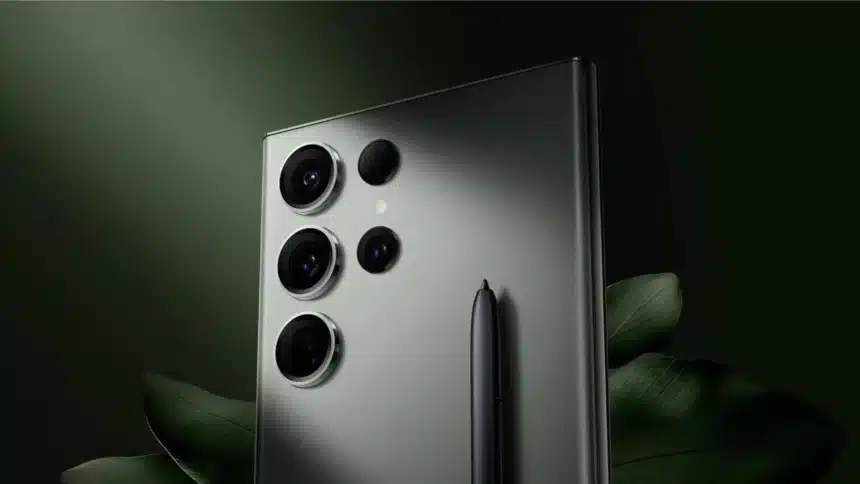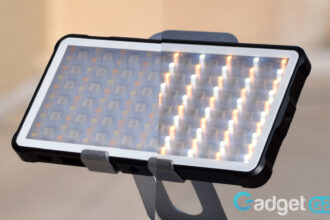The Galaxy S23 Ultra’s bill of materials, or BoM, lists its price as merely $469, according to data from Counterpoint Research. When you take into account that the phone’s basic model costs $1,199, this is unquestionably a sizable sum of money. Let’s first have a look at how the expenses are divided up.
Consequently, according to the bill of materials, Qualcomm provides the processor and cellular services that account for up to $35 of the cost, while Samsung principally provides the display and camera that account for up to 32% of the cost. Memory accounts for 11% of the total, the casing for 8%, and “others,” which comprise the vibration motor, waterproofing, PCB, MLCC, and other miscellaneous elements, account for 15% of the total.

The stats also show that this excludes the expenditures for assembly, testing, IP&R, software, and any other associated expenses. The final cost, or bill of materials, is $469, which is around 153.8% more expensive than the retail price at which Samsung offers the Galaxy S23 Ultra.
What will happen to the remaining $730 then? Actually, Samsung does not make that much money from each Galaxy S23 Ultra produced. The pie chart above notes that it excludes expenditures for software, IP&R, assembly, testing, and other associated expenses. Therefore, when you add the bill of materials to everything else, you see that the pricing is beginning to make sense. Yes, the business still makes a profit on each item it sells, but the actual amount is far lower than one would anticipate, thus it is crucial to remember this.





